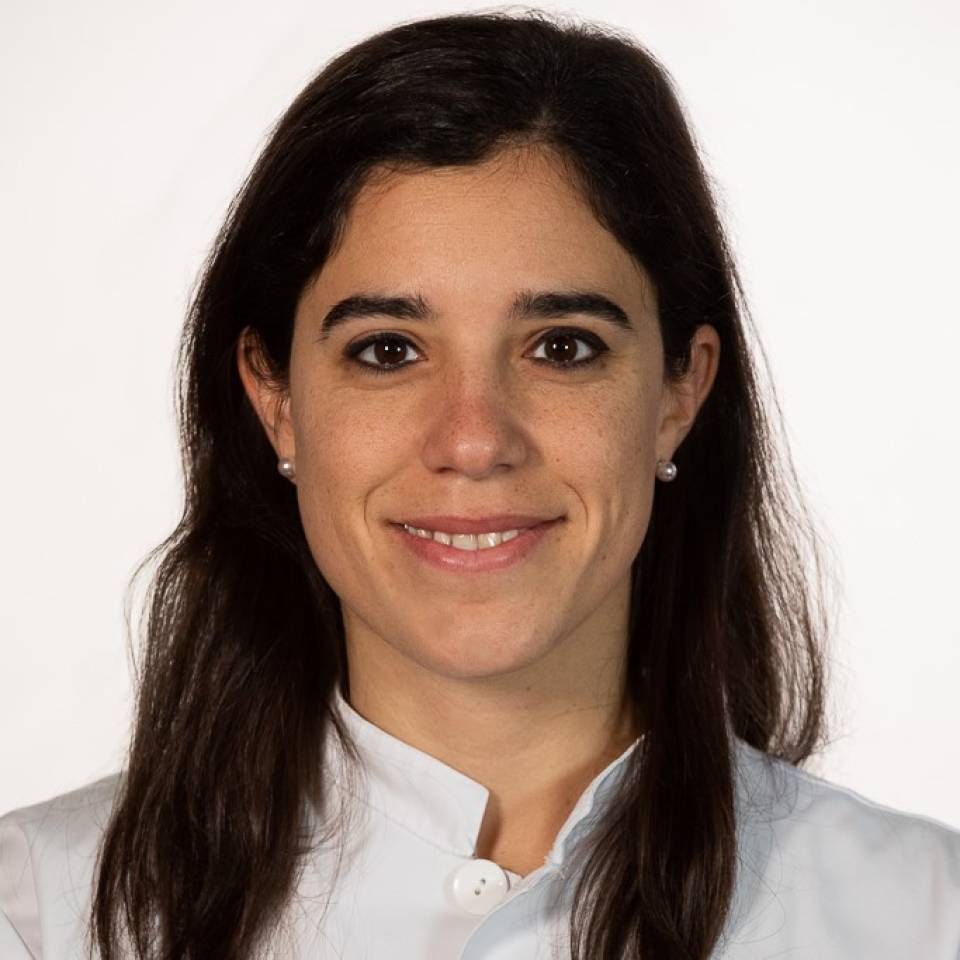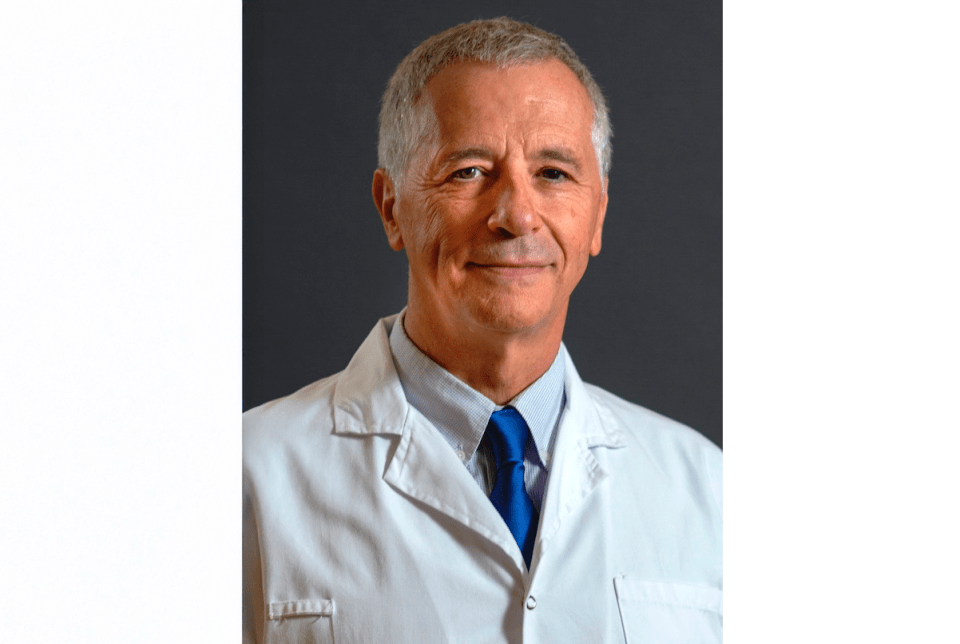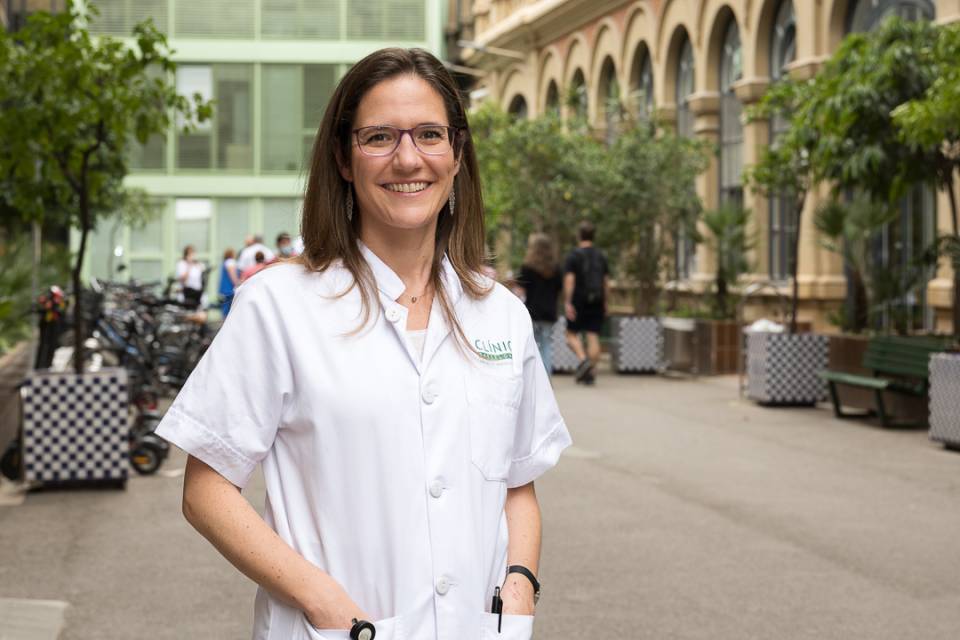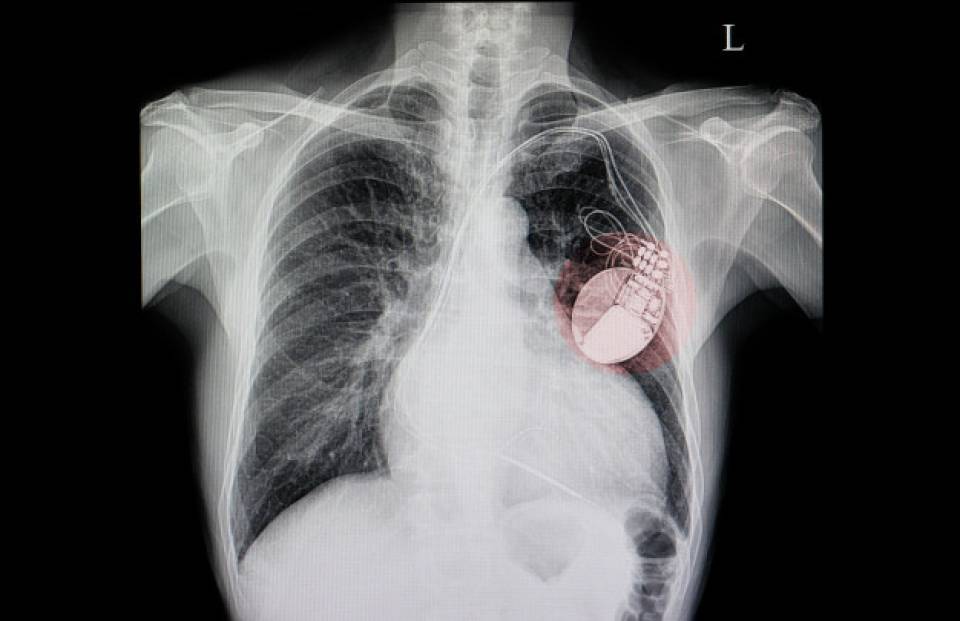Treatment of Atrial Fibrillation
The treatment of atrial fibrillation has two main objectives: to alleviate any symptoms and discomfort that could arise and to prevent any severe complications associated with the condition, particularly the possibility of a stroke.
Both of these objectives must be assessed separately and specific treatment indicated for each patient.
Non-drug therapy
Patients are advised to follow a lifestyle that improves the overall health of their heart, especially in terms of preventing or treating conditions such as high blood pressure and cardiovascular diseases. Thus, the following points are very important:

Weight. Maintain an appropriate weight.

Exercise. Practise moderate physical activity. Walk 30 minutes a day.

Tobacco and alcohol. Totally abstain from tobacco and alcohol.

Sleep. Get a healthy amount of sleep. Follow a regular schedule for going to bed and waking up. Sleep in a suitable environment that is peaceful, dark and at the right temperature. Get approximately 7 hours sleep a day.
Drug treatment
Treatment options depend on the desired objective, which can vary during the course of the disease.

Maintain a normal heart (sinus) rhythm. Drugs are administered to prevent episodes of atrial fibrillation and to maintain a normal heart (sinus) rhythm. The choice depends on whether there is any heart disease and the frequency of symptoms. If the episodes are infrequent, then patients may only need to take medicine specifically when they experience atrial fibrillation. If the episodes are recurrent, preventive arrhythmic treatment must be taken on a daily basis. In other circumstances, the atrial fibrillation must be stopped using electrical cardioversion or medication in order to re-establish the normal sinus rhythm.
The effectiveness of antiarrhythmic agents varies, so if they do not manage to control the symptoms, the next step could be to consider an ablation process.

Do not maintain a normal heart (sinus) rhythm. This option applies to patients with very few symptoms associated with the atrial fibrillation and for whom drugs will probably be unable to maintain a normal sinus rhythm. In such cases, antiarrhythmic agents may still be necessary to prevent an elevated heart rate.

Control the risk of embolisms. One of the complications of atrial fibrillation is an increased risk of embolisms. If healthcare staff consider that the risk of embolisms is high, they will prescribe anticoagulants (Sintrom® or Aldocumar®) that require regular monitoring. Patients must also follow a series of dietary precautions and take care to avoid interactions with other medicines. In certain cases, the doctors may prescribe what are known as direct anticoagulants which do not require routine monitoring through blood tests. It is very important to highlight that the need for anticoagulant treatment does not depend on the frequency or duration of episodes of atrial fibrillation and that the patients must never stop taking anticoagulants without first discussing it with their healthcare team.
Strict adherence to the medication is essential for good management of atrial fibrillation, particularly the anticoagulant therapy. If you take the prescribed treatment exactly as indicated and without missing any doses, this will ensure you are protected against the possibility of suffering an embolism.
Surgery treatment

Catheter ablation. If the antiarrhythmic agents do not work, then an atrial fibrillation catheter ablation procedure may be considered. Ablation involves creating lesions to surround and isolate the pulmonary veins attached to the left atrium, which is where the atrial fibrillation originates. Ablation is performed with catheters, which are narrow tubes that are inserted in a vein in the groin and controlled by the doctor. The procedure is generally performed with local anaesthesia and sedation (i.e., the patient is relaxed but not sleep). Patients must be admitted to hospital for approximately 24 hours to complete the process which is usually very effective in the case of intermittent arrhythmia (paroxysmal atrial fibrillation).

Minimally invasive surgical ablation. Surgery is reserved for very specific cases, mainly when atrial fibrillation reappears after performing catheter ablation. Surgical ablation is a minimally invasive process that involves making some small holes in the chest to insert a video camera and forceps, so the surgeon can perform ablation on the appropriate areas of the left atrium. Surgical ablation requires general anaesthesia, intubation and, typically, a hospital stay of approximately 5 days.
Procedure for patients who can not take anticoagulants
To prevent embolisms developing in patients who cannot take anticoagulants, cardiologists may consider closing the left atrial appendage. The atrial appendage is the area of the atrium where thrombi form and are subsequently blocked by blood clots (embolisms). The atrial appendage can be closed using a catheter and by implanting a device, or through minimally invasive surgery or during an operation performed for other purposes.
New therapies
Recent advances in the treatment of atrial fibrillation include the development of direct anticoagulants that do not require regular monitoring of anticoagulation levels and the use of different technologies for ablation procedures.
Treatment complications
Both drug treatments and surgical procedures for atrial fibrillation can involve complications.

Antiarrhythmic agents. Paradoxically, a worsening of some arrhythmias is the most common side effect of certain antiarrhythmic agents. These arrhythmias can be severe, although the risk is very low when the medicines are administered correctly. Some antiarrhythmic agents, such as amiodarone, can have side effects on the thyroid, lungs, liver and increase the skin’s sensitivity to light.

Anticoagulants. One of the consequences of taking anticoagulants is that patients bleed very easily. Patients often experience bleeding of minor importance, such as small cuts when cleaning their teeth or shaving, but there is no need to worry. Heavier bleeding may require medical attention and could be more serious. In general, the benefits of anticoagulant treatments outweigh the risks. If the risk of bleeding becomes so serious that anticoagulants are no longer recommended, surgical alternatives may be considered to reduce the risk of embolisms.

Surgery. The complications associated with the different surgical procedures vary according to each operation and patients should be informed about the specific risks.
Substantiated information by:




Published: 27 November 2018
Updated: 27 November 2018
Subscribe
Receive the latest updates related to this content.
Thank you for subscribing!
If this is the first time you subscribe you will receive a confirmation email, check your inbox


